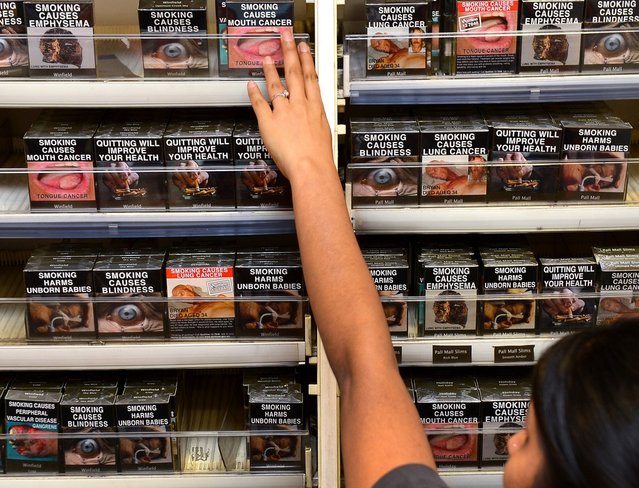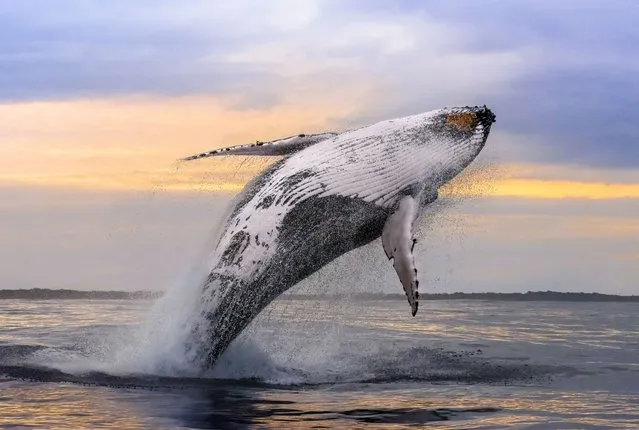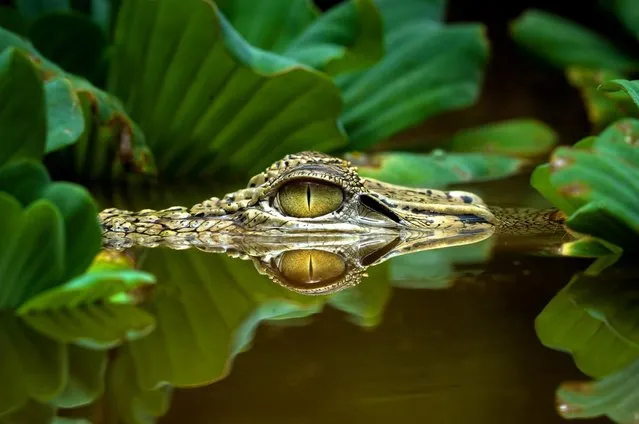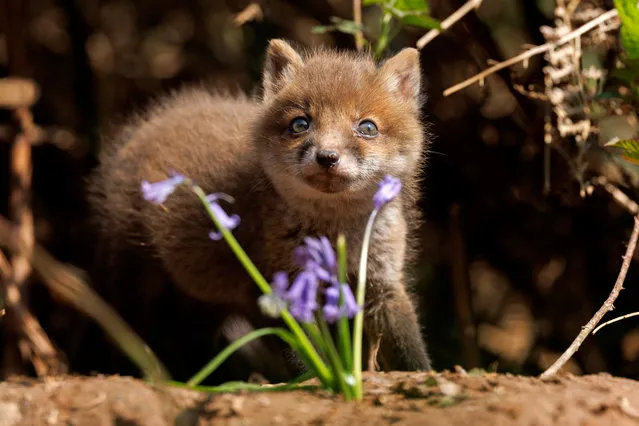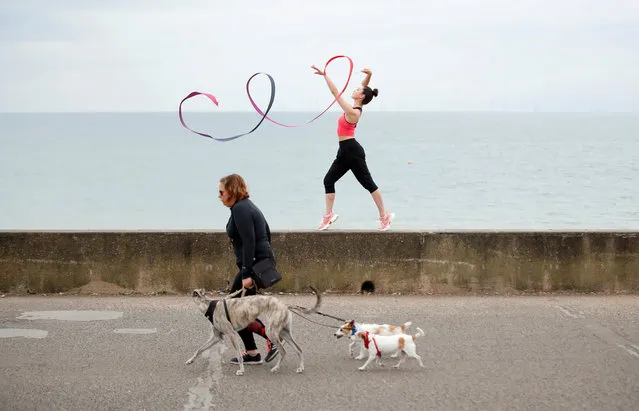
Photographer Anna Radchenko explores this theme in her project “Reverse Side of a Mother’s Love,” where mother love becomes more than just mother-daughter relationship and causes some strange feelings. She visualizes, sadly, typical psychological problems in parent-child relationship: unrealized wishes of the parents, excessive strictness, total control and overprotection.
08 May 2014 11:07:00,post received
0 comments



